Bac Giang preserves heritage, promotes tourism development
The northern province of Bac Giang possesses a rich trove of cultural heritage. In recent years, it has made significant efforts to tap into its historical and cultural assets to boost local tourism.
The northern province of Bac Giang possesses a rich trove of cultural heritage. In recent years, it has made significant efforts to tap into its historical and cultural assets to boost local tourism.
 |
|
The woodblock archive at Bo Da Pagoda attracts visitors. |
While encouraging progress has been made, authorities and experts believe that a more comprehensive and coordinated approach is needed to unlock the potential of heritage resources and help tourism emerge as an economic driver.
Diverse tourism products developed
Statistics show that Bac Giang is home to more than 2,000 historical and cultural relics, 116 of which have been listed as national heritage sites.
Notably, the province boasts five cultural heritage elements recognised by UNESCO, including the quan ho folk songs, ca tru singing, the worship of the Mother Goddesses of the Three Realms, the Then practice of the Tay, Nung, and Thai ethnic groups, and the woodblocks of Vinh Nghiem Pagoda.
In addition, 20 intangible cultural heritage elements have been named as those of national importance.
Each year, Bac Giang hosts nearly 800 traditional festivals, a vibrant expression of its cultural legacy that can be further leveraged for tourism.
As part of its vision to develop tourism, the Bac Giang provincial Party Committee adopted Resolution No. 112 on June 15, 2021, outlining key tasks for 2021-2025 with orientation toward 2030.
The resolution identifies four primary tourism products: cultural-spiritual tourism, ecological and wellness tourism, recreational and sports tourism, and community-based tourism associated with fruit orchards, agricultural practices, and rural life.
To support these objectives, local governments across districts, townships, and cities have issued their own resolutions and plans on tourism development while strengthening cross-sectoral cooperation to position tourism as a pillar of socio-economic development.
Several destinations across Bac Giang have started to draw growing numbers of visitors. These include the Tay Yen Tu spiritual and ecological tourism complex in Son Dong district, Suoi Mo eco-tourism area in Luc Nam, and prominent special national relic sites such as Vinh Nghiem Pagoda and Xuong Giang Victory site in Bac Giang city, and Bo Da Pagoda in Viet Yen township.
The Ven Village community-based tourism site in Yen The district has also begun attracting tourists.
Do Tuan Khoa, Deputy Director of the Bac Giang provincial Department of Culture, Sports and Tourism, said the province has effectively shaped four key tourism zones, including the Hanoi – Bac Giang city – Luc Ngan – Son Dong, the Tay Yen Tu tourism space that is linked with the Buddhism dissemination route of the Truc Lam zen sect founders, the community-based tourism space centred around fruit cultivation areas, and the space of ecological, wellness, recreational, and golf tourism.
Since 2021, nine additional tourism sites have been officially recognised, raising the provincial total to 20. From 2021 to 2025, Bac Giang has welcomed over 9.2 million visitors.
In 2024 alone, tourist arrivals reached 2.6 million, a 27% increase from 2023. Projections for 2025 suggest the number will hit 3 million, fulfilling the targets set in Resolution 112.
Meanwhile, tourism revenue exceeded 7.2 trillion VND (280 million USD), forecast to reach 3 trillion VND this year. This sector currently provides jobs for approximately 3,000 individuals.
Despite these gains, local tourism products do not yet have a distinct brand identity. Visitor spending remains modest, and most tourists opt for day trips rather than overnight stays. Many sites still lack large-scale entertainment and accommodation facilities, limiting their overall appeal.
Unlocking potential through heritage-driven models
To boost tourism in the province, various academics and business leaders have contributed valuable recommendations.
Assoc. Prof. Dr. Bui Thanh Thuy from the Hanoi University of Culture, an expert in tourism training, emphasised that Bac Giang holds immense potential to become a standout destination in northern Vietnam, and the province is on the right track by leveraging its local heritage resources.
From the serene natural landscapes and sacred temple - pagoda complexes such as Tay Yen Tu and Vinh Nghiem Pagoda, to intangible cultural treasures like Quan ho and Ca tru, Bac Giang possesses rich material for developing unique tourism products.
However, Thuy stressed the importance of defining a clear cultural identity, a prerequisite for building a competitive advantage. This identity, she noted, lies not in grand artificial structures but in the harmony between nature, culture, and people.
She proposed that Bac Giang prioritise tourism models based on its strengths, such as the Tay Yen Tu – Vinh Nghiem – Am Vai spiritual tourism route, lychee harvesting experiences in Luc Ngan, tours of the traditional Chu noodle-making craft in combination with performances of Quan ho and Ca tru in authentic village settings.
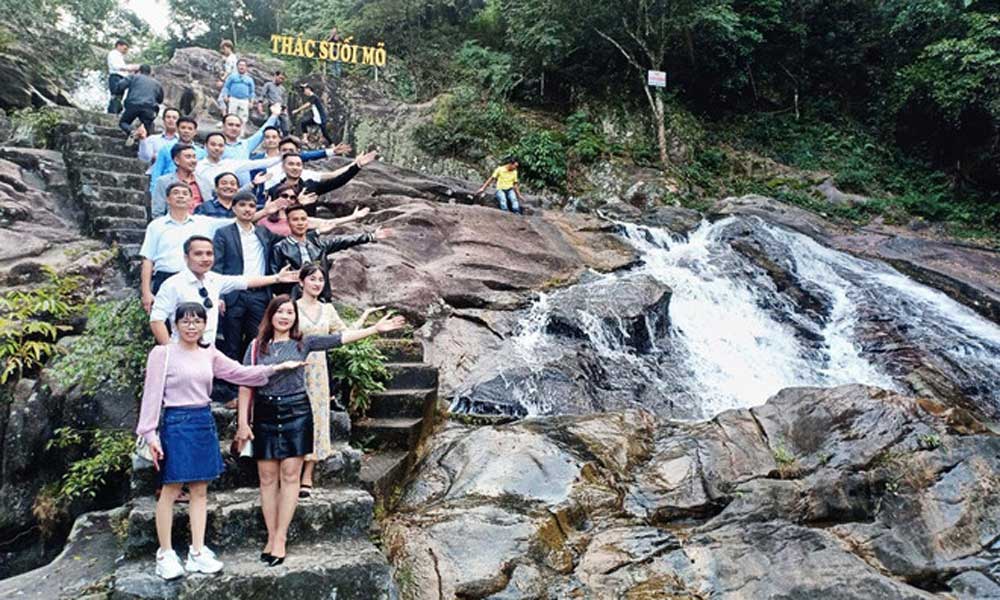 |
|
Visitors at Mo waterfall. |
Experts agree that many special national relic sites should be further utilised to generate economic values. For instance, at the Yen The Uprising historical site, its exhibition space could be expanded while more stories and images about the uprising collected, alongside offering costume rentals, re-enactments, and educational publications.
Similarly, the Xuong Giang Victory site could offer immersive activities such as mock battles for students and 3D film screenings. The site could also host historical theatrical performances and hands-on workshops like rice paper making.
These interactive heritage-based experiences, particularly those tailored to school audiences, could significantly attract students and teachers from across Bac Giang and other localities as well.
Meanwhile, in Tho Ha village (Van Ha commune, Viet Yen township), where ancient architecture, folk performances, and festivals are abundant, experts recommend comprehensive investment in tourism infrastructure, including accommodations, roads, parking, service areas, and hygiene facilities to turn this heritage site into a true tourism product.
Tran Quoc Dung, Director of the Dinh Anh International Trade and Travel Company, emphasised the need for attractive mechanisms to lure private-sector investment in tourism. He also urged greater efforts in designing new tours, boosting regional linkage, and training a high-quality workforce.
Vu The Binh, President of the Vietnam Tourism Association, noted that cultural tourism is becoming a global trend, catering to travellers who seek authentic and value-based experiences. Bac Giang, he suggested, should embrace its cultural heritage to offer compelling tourism options.
In addition, Bac Giang’s position as the country’s largest lychee producer presents another opportunity for agri-tourism, a model increasingly favoured by both domestic and international visitors.
The planned administrative merger of Bac Giang and Bac Ninh provinces is expected to open new doors for the tourism sector. The combination of resources and offerings from both localities could lead to a more diverse and enriched tourism portfolio.
If supported by sound leadership, coherent planning, and strong collaboration among authorities, enterprises, and communities, Bac Giang is well positioned to become a rising star on the northern Vietnam's tourism map, contributing to local and national socio-economic development.
 Bắc giang
Bắc giang

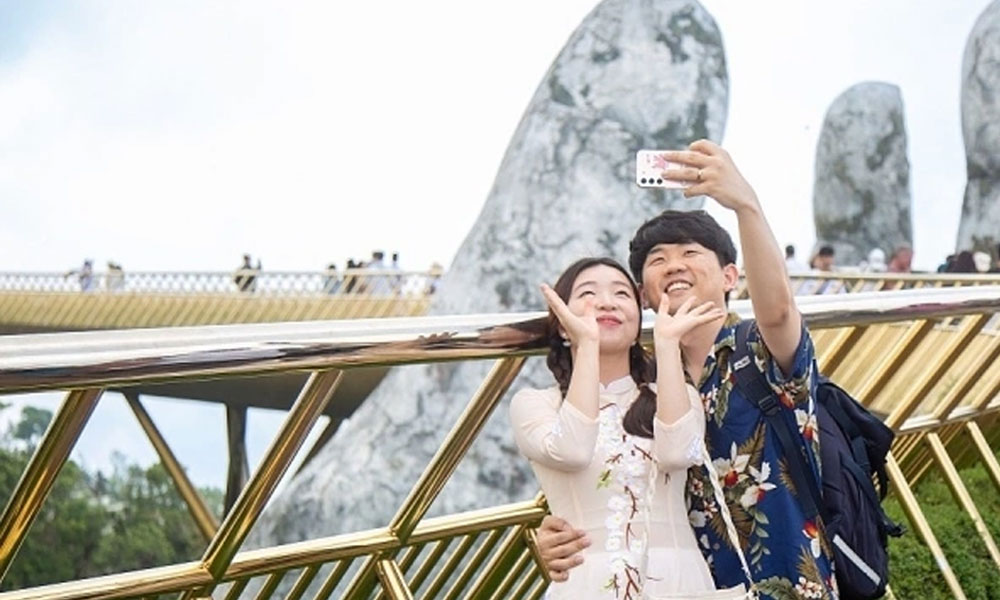
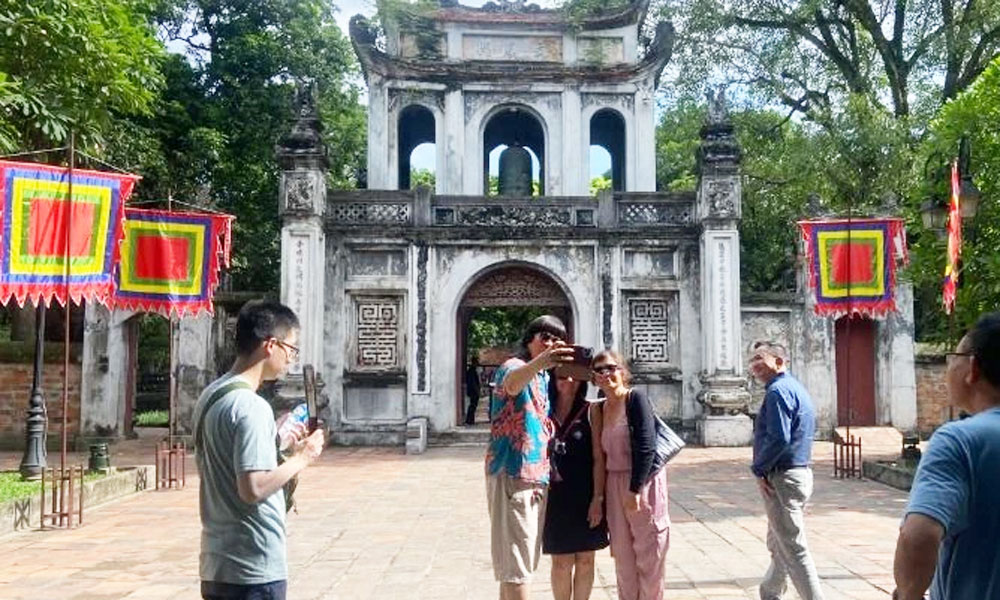
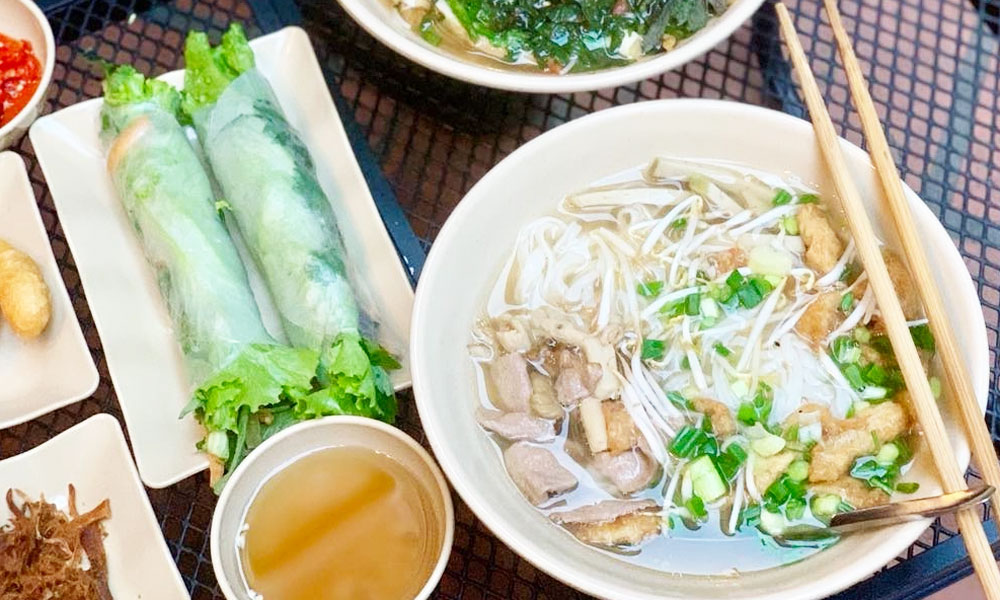

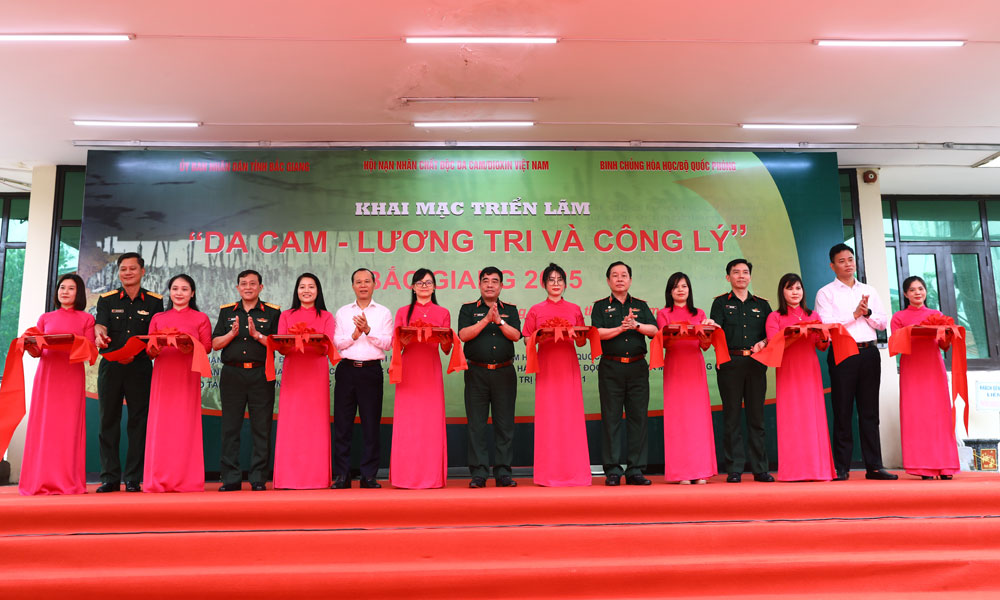

Reader's comments (0)